Evidence
The use of sources within history lessons has consistently been included within the National Curriculum in England and as a specific assessment objective at GCSE and A-level, on the grounds that unless students know how claims about the past are generated and validated within the subject community, they will be poorly equipped to make sense of or to discriminate between conflicting claims about the past. While the use of sources depends on a process of critical evaluation, history teachers and curriculum designers are now very aware of the risks associated with reducing such evaluation to a series of mechanistic formulae in which ‘source work’ is detached from the enquiry process of answering specific and worthwhile questions about the past. The materials in this section help alert teachers to those risks as well as illuminating important misconceptions that may prevent students from developing a more powerful conception of the nature of historical knowledge The resources here offer a range of practical strategies, rooted in academic and practitioner research, for equipping students to use sources of many different kinds as evidence (rather than merely passing judgment on them). Read more
-

Using databases to explore the real depth in the data
ArticleClick to view -

Triumphs Show 160: Prezi and propaganda
ArticleClick to view -
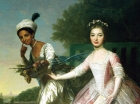
The Power of Context: using a visual source
ArticleClick to view -

New, Novice or Nervous? 160: Progression in evidential understanding
ArticleClick to view -
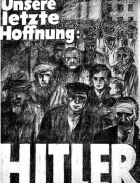
Pedagogical framework for stimulating historical contextualisation
ArticleClick to view -

Triumphs Show 157: What makes art history?
ArticleClick to view -

Evidence: Theoretical
ArticleClick to view -
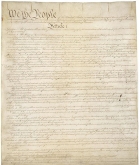
Evidence: Specific examples
ArticleClick to view -

Triumphs Show 156: Fresh perspectives on the First World War
ArticleClick to view -

Triumphs Show 155: beyond trivial judgements of 'bias'
ArticleClick to view -
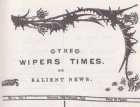
Using The Wipers Times to build an enquiry on the First World War
ArticleClick to view -

An authentic voice: perspectives on the value of listening to survivors of genocide
ArticleClick to view -

Developing awareness of the need to select evidence
ArticleClick to view -

Cunning Plan 152.2: using Gillray’s cartoons with Year 8
ArticleClick to view -
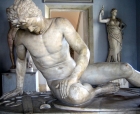
Cunning Plan 152.1: visual sources
ArticleClick to view -

Year 7 explore the story of a London street
ArticleClick to view -

New, Novice or Nervous? 151: Getting beyond bad ‘source work'
ArticleClick to view -
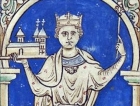
Enquiries to engage Year 7 in medieval anarchy
ArticleClick to view -

Using visual sources to generate conversation
ArticleClick to view -

Triumphs Show 148.2: using pupil dialogue to encourage engagement with sources
ArticleClick to view

